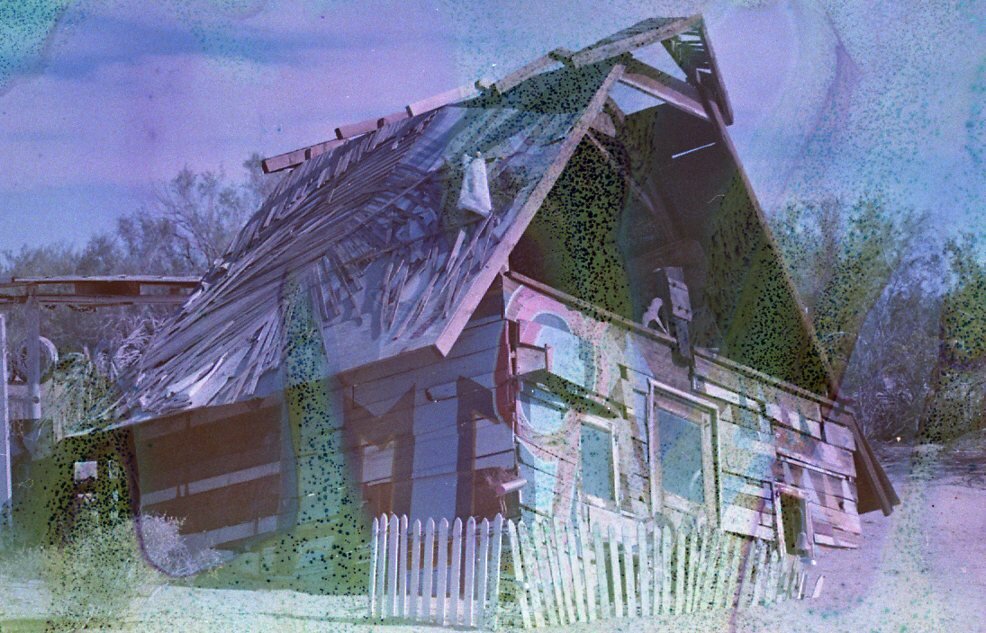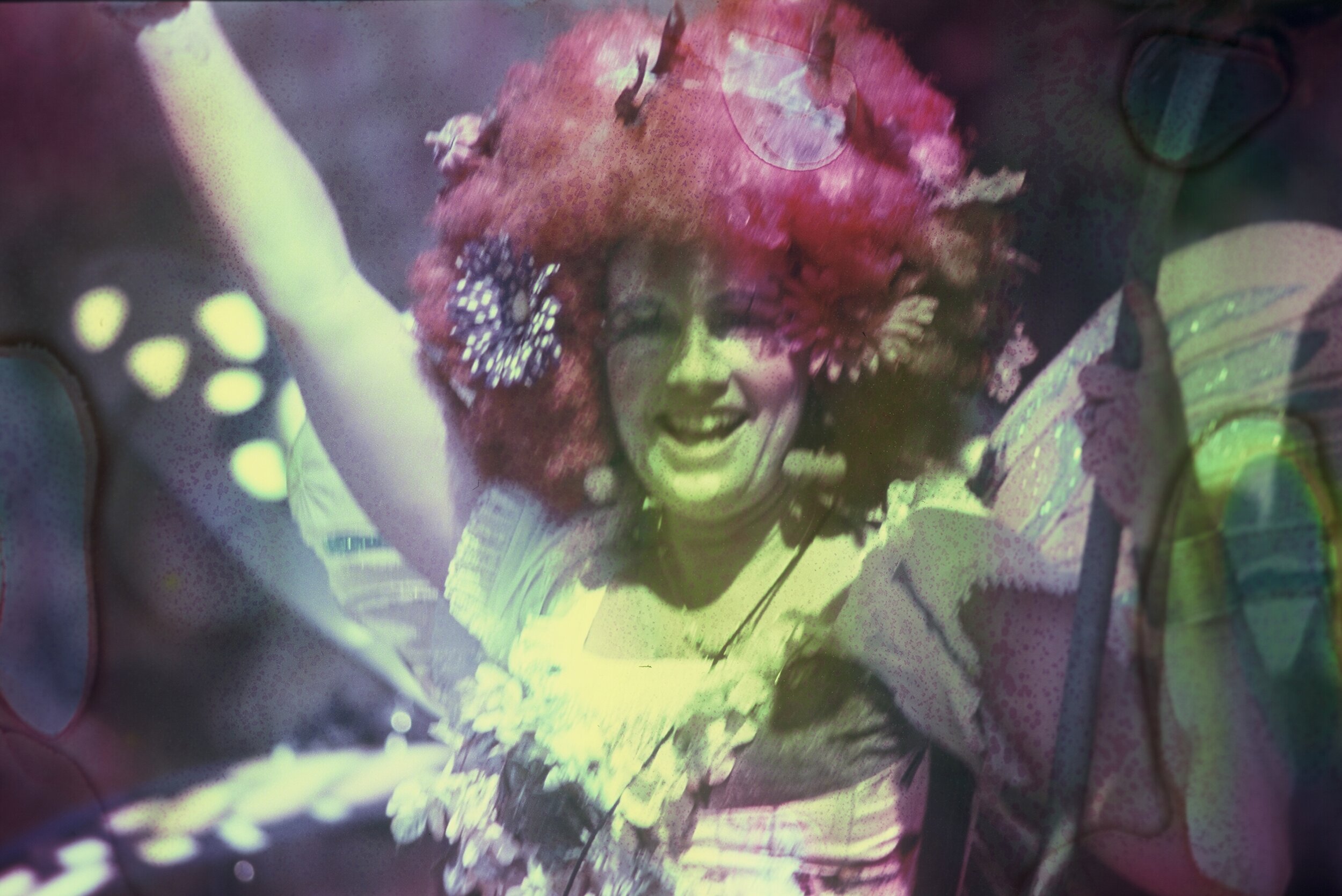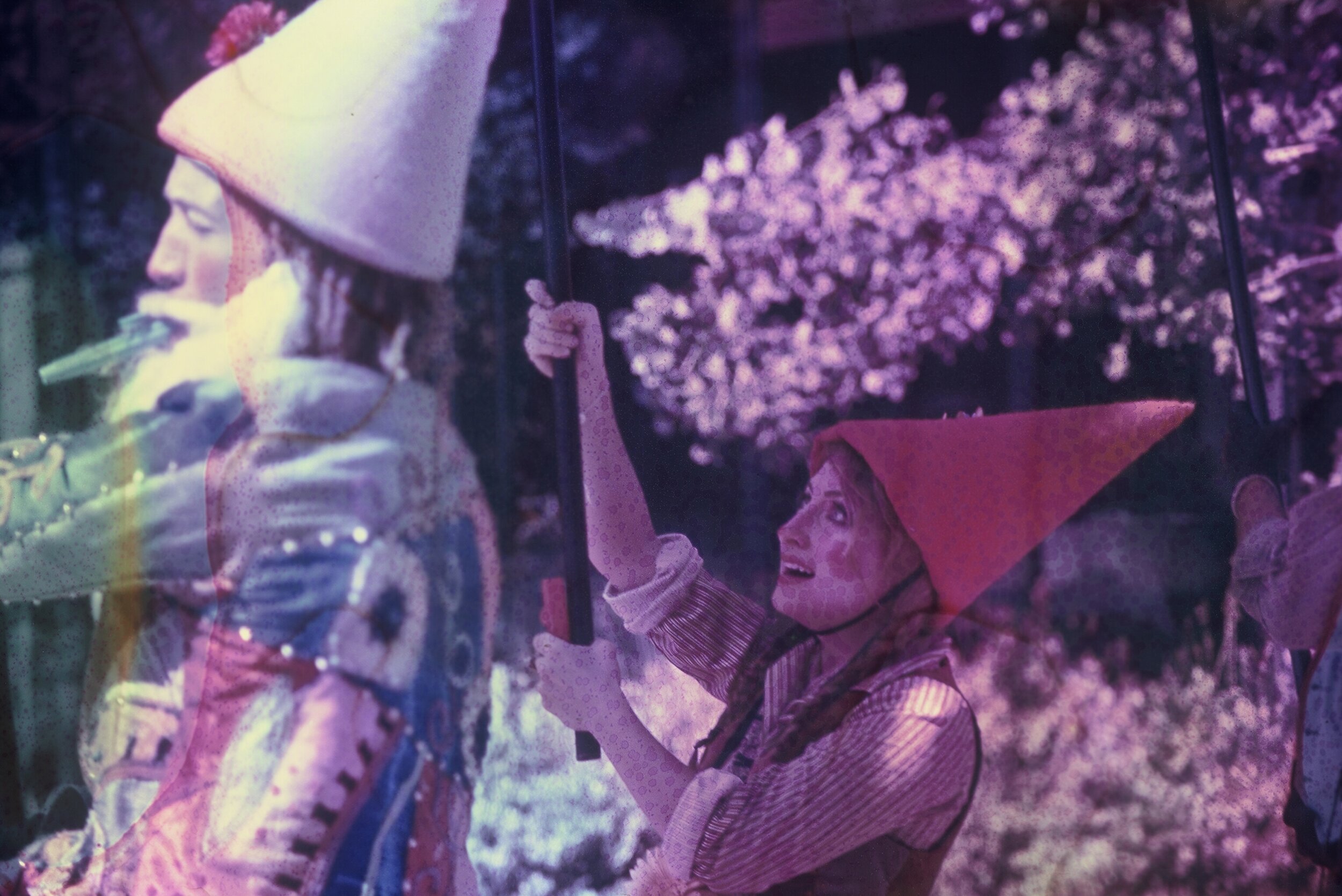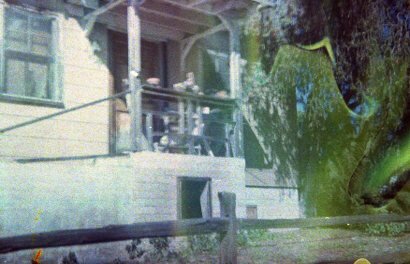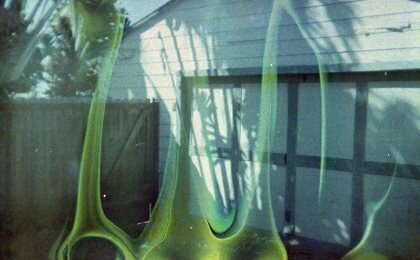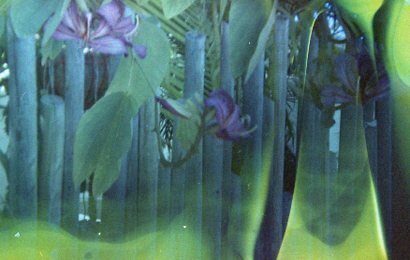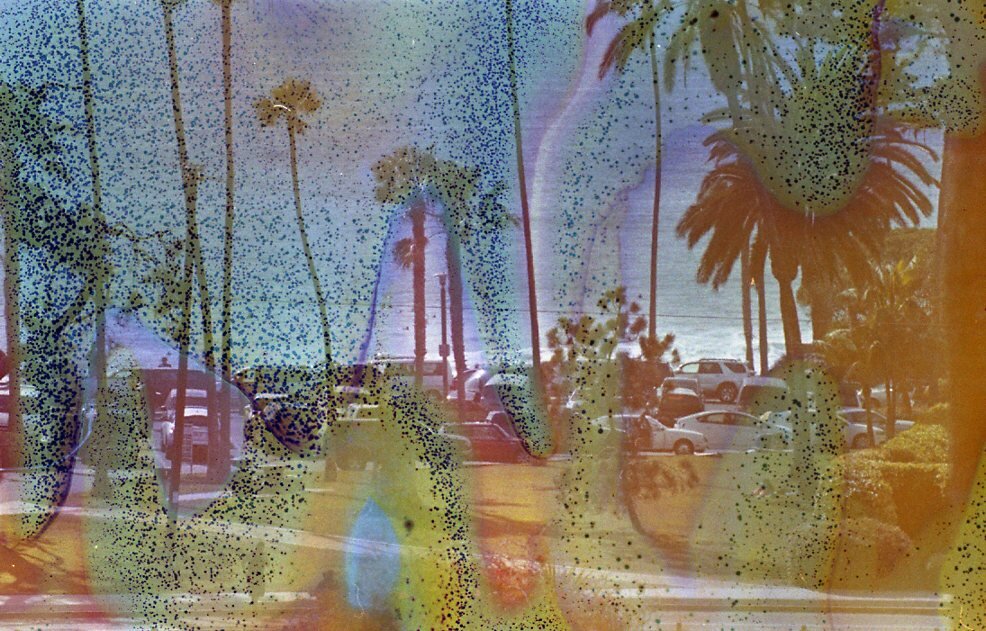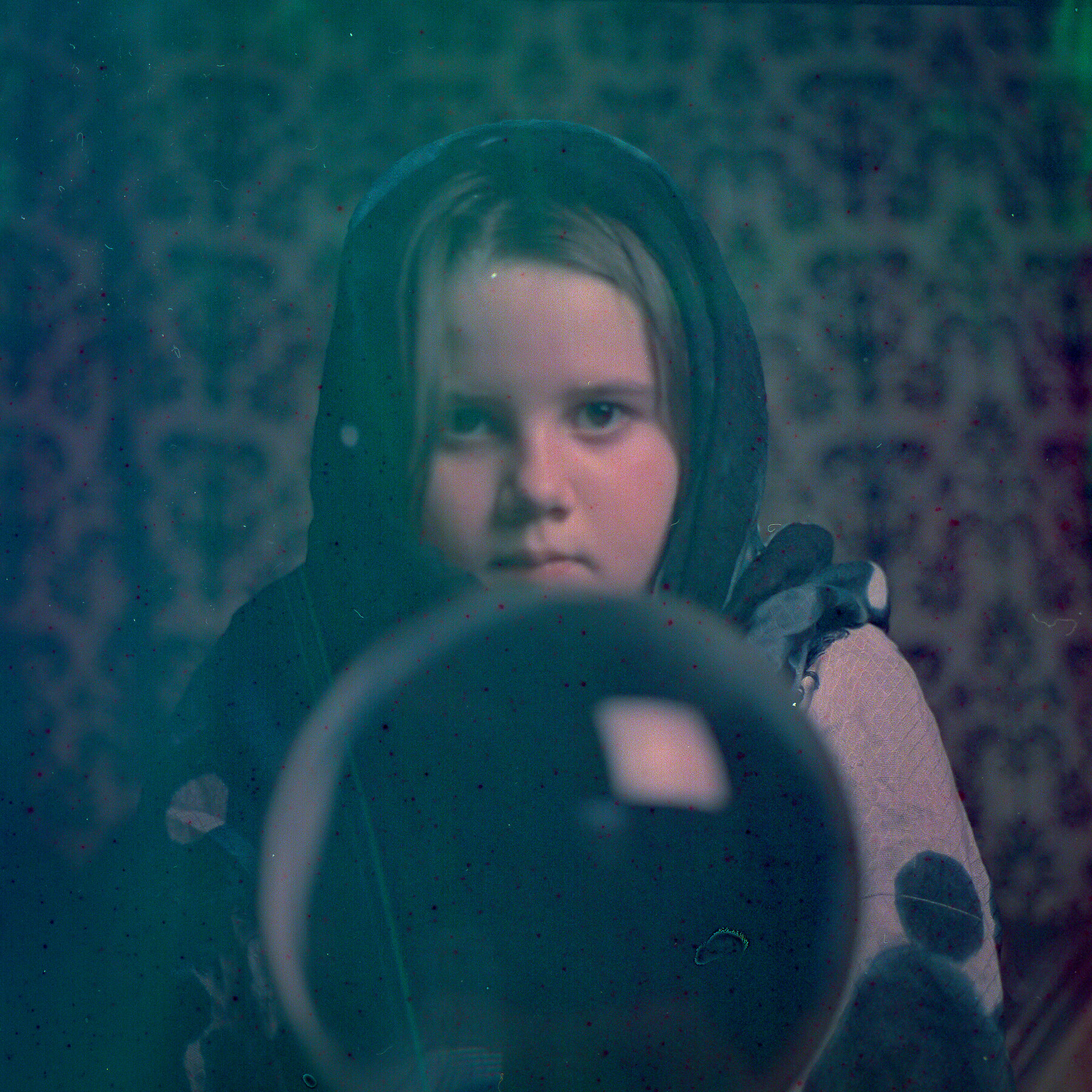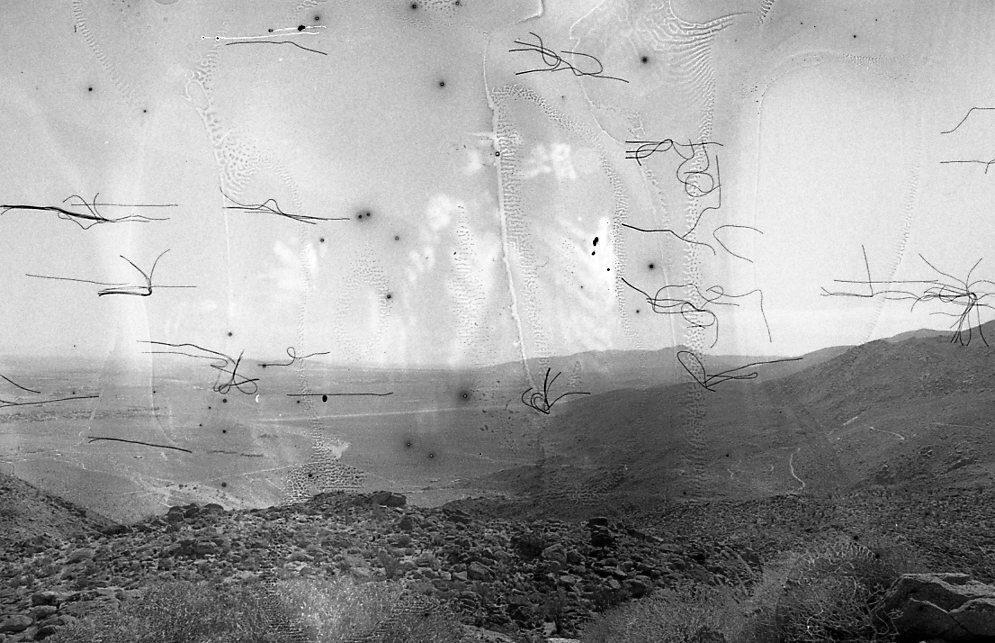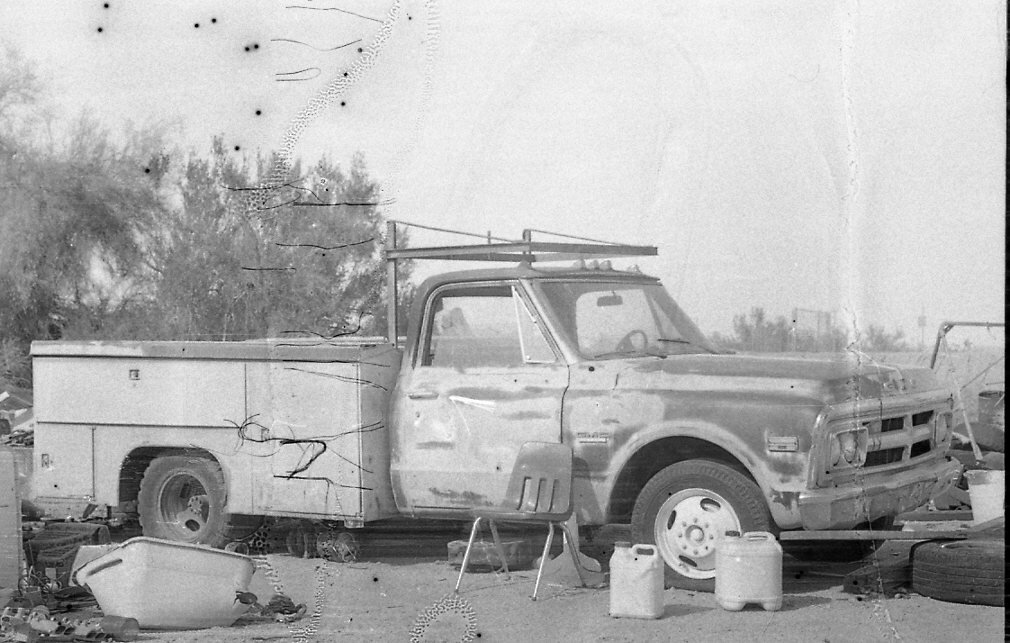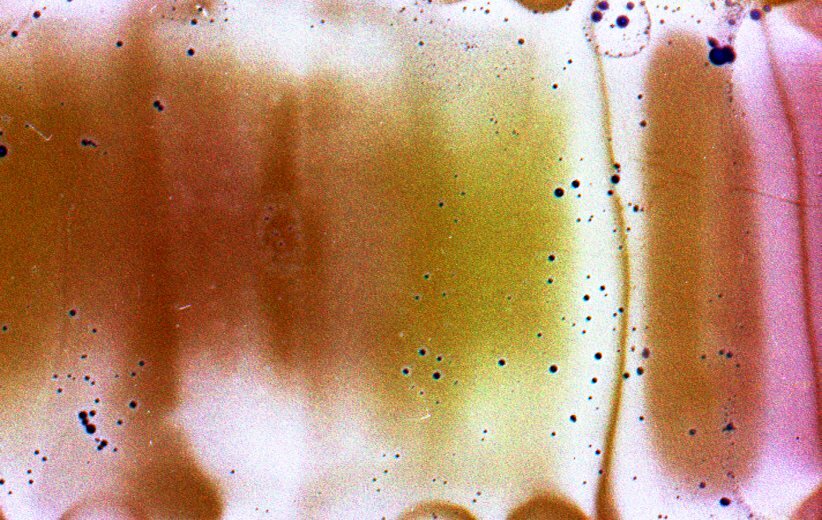During this time when everyone is trying to find fun and instructive ways to pass the time, many of my friends are sharing kitchen exploits - baking and cooking up a storm. Since actual food preparation isn’t my strong suit, I though this might be a good time to revisit the topic of film “soup”.
A few years ago, fellow film shooter Tom Evans and I collaborated on a blog piece for this site in which we each discussed our personal insights and experience with “film soup”. Since we wrote that article, I’ve shot a variety of additional rolls of film souped in all sorts of substances, and tried to find out some of the facts behind what’s going on with this crazy process,
So what is film soup? It’s a process that uses chemicals of various kinds to alter the emulsion of a film and produce crazy unpredictable effects. It is most effective with color film but can also cause some interesting effects on black and white, mostly in the form of a damaged look. Here I’m going to focus on color because it has the most fun potential.
Before we talk about the process let’s look at some examples
The film on the left was souped in lemon lime Gatorade while the other two were souped in absinthe. The process is simple. Choose your solution. You have a lot of substances lying around your house that will work including any type of alcohol, vinegar, rubbing alcohol, dish soap, dissolved borax, rubbing alcohol. Use your imagination! You can even put a roll through the dishwasher or laundry cycle. Once you’ve decided, place your solution in a small cup or container with enough solution to completely cover the film canister. If you want to dilute the substance, try using boiling water since this will accelerate the action of damaging the film emulsion. Just don’t put your container in the microwave (remember the film canister is metal). You can soak anywhere from a couple of hours to up to 24 hours or longer.
In the above images, the film was soaked in balsamic vinegar. After drying it sat on the shelf for a year before I got around to using it. There’s no way to know if that increased the effect of the vinegar on the emulsion. That’s part of the mystery fun.
Once you’ve soaked your film you’ll need to rinse it. For most substances, letting the film cartridge sit in a bath of clear water for an hour is enough. However if you use something really sticky such as absinthe or brandy, or maybe some kind of juice, you’ll need to rinse more thoroughly. The next step in the process is to dry the film. For this you’ll need to create a totally dark space. I use a windowless bathroom and wait until after dark so there are no light leaks. You’ll need to unspool the film from the cartridge and gently dry it by feel, with a hair dryer on low or medium. You can run your fingers gently along the film surface to tell when it’s dry. If you used a sticky “soup” you can rinse the entire length of film in a small dish of water after it’s unspooled, then proceed with drying. Once dry, reroll the film and you’re ready to shoot!
If you use my preferred method of souping before you shoot, I’d recommend not using your favorite camera. Even though you’ve rinsed and dried these films can still be sticky and sometimes hard to advance. I’ve had good results using a variety of plastic cameras like the Holga35, Diana mini or the extremely inexpensive Kodak M35. The other option is to soup the film after you shoot it. If you do that you can use any camera you like. The souping process is the same, you just do everything after you shoot the pictures, but you still need to rinse and dry the film before developing. Below are a few examples of the beautiful results obtained by my friend Ruby Berry, fellow Film Shooters Collective member.
Some technical notes about this really fun process.
What if I don’t have a completely dark place for drying the film? This isn’t something that can comfortably be done inside a dark bag, so the option is to shake out as much water as you can after rinsing and then place the film on a shelf, preferably in a warm or sunny spot, to dry. I’d recommend waiting at least two weeks to make sure it’s really dried out all the way inside.
How does this soup stuff actually work? The substances you soak the film in act on both the emulsion and the color dye layers of color film. My own experience and what i’ve been able to find on the internet indicates that acidic substances (like vinegar, wine, Gatorade) have a stronger effect on the emulsion (causing swirly and blurring effects ). Substances tending toward the base end of the pH spectrum, as well as phosphates like borax and witch hazel, have more effect on the actual color cast and dyes. Do a little basic chemistry research and try to figure out what end of the spectrum your soup lies on. You can even mix acids and bases for really crazy effects.
Very strong substances have a more damaging effect on the film . Below are examples of that. Below are examples of a black and white film souped in ammonia, a strong base. As you can see it physically damaged the film and was perfect for the subject matter.
The images below were created by soaking the film in a dilute solution of hydrogen peroxide which is a strong bleaching agent. The emulsion was damaged in such a way that virtually no images were registered but these lovely swirly abstracts came out.
I have one final VERY IMPORTANT note about processing your film. Whether you soup before or after you shoot your film, it is bound to have some chemical residue left on it. For this reason it’s always best to process the film yourself. Because of the chemistry contamination issue, I usually save any souped rolls and process them as a final batch when my color chemistry is nearing exhaustion, then throw everything away. If you use a commercial lab PLEASE do not send them souped film without telling them - you could ruin a lot of other people’s photographs. Check with the lab first. Some will not take this film and others will, depending on how they process film.
Now, go search your kitchen cabinets and pantry, and start souping!
Connect
Film photographer Barbara Murray is based in California. See more of her work and connect with her on Instagram!

